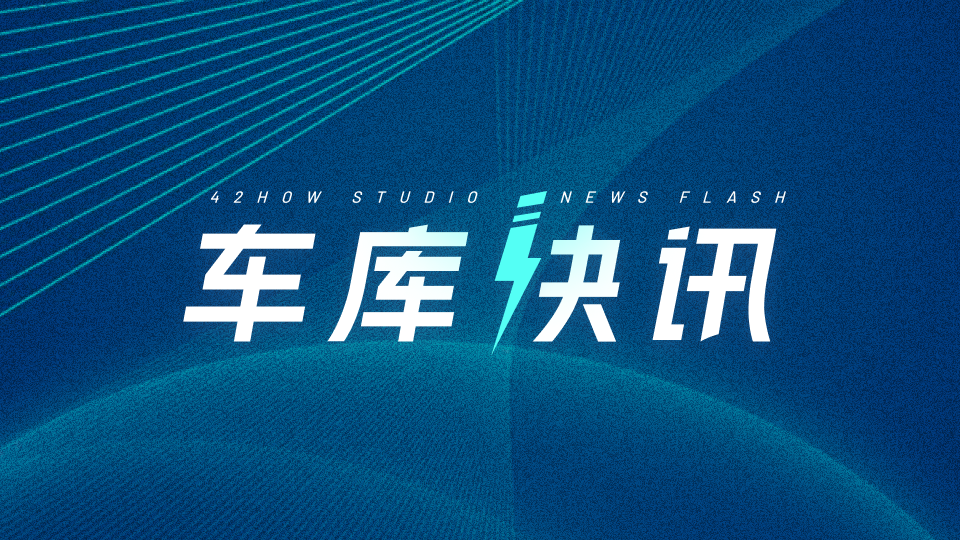The Southeast Asian automotive market, renowned as the “backyard of Japanese cars,” holds a monopoly of over 80% market share year after year. In Thailand, the largest automobile consumer in Southeast Asia, Toyota alone boasted approximately 32% of the new car market in 2022. Combined with Nissan, Honda, and Suzuki, Japanese automakers cover almost 85% market share in Thailand.
It’s safe to say that in the era of gasoline cars, Japanese brands reigned supreme in the Southeast Asian market. However, the advent of the new era of electric vehicles is bringing changes. In Thailand, for instance, out of every 100 electric cars sold, 88 come from China, and among the top ten selling EV brands, six are Chinese.
HOZON Auto is performing noticeably in the Southeast Asian market, ranking first among small pure electric vehicles. In 2023, they launched the NETA V-II (international version of the HOZON AYA series) and initiated a series of test drive activities across Southeast Asia. This small pure electric SUV, designed specifically for the new generation consumers rapidly gained popularity. Statistics show that in 2023, HOZON AYA series delivered a total of 50,095 units in Southeast Asia, accounting for 52.0% of the small, pure electric vehicle market in the region.
HOZON’s strategy involves establishing local factories in Thailand, Indonesia, and Malaysia, expediting market penetration and fuelling local economic development and industrial upgrades. Thailand’s first 100% pure electric factory aims to commence operation in March 2024, while a factory in Indonesia, in collaboration with PTNETA Auto, is estimated to start operation in May 2024. Moreover, a factory in Malaysia began construction in January 2023. The establishment of these production bases assists in expedited expansion of HOZON in the Southeast Asian market.
Through local production, HOZON Auto is better equipped to meet the needs of local consumers. Localized production reduces manufacturing and logistic costs, consequently improving market response speed and competitiveness. HOZON’s localization strategy also involves partnering with local businesses, effectuating technology transfer, and industrial upgradation.
This article is a translation by AI of a Chinese report from 42HOW. If you have any questions about it, please email bd@42how.com.
